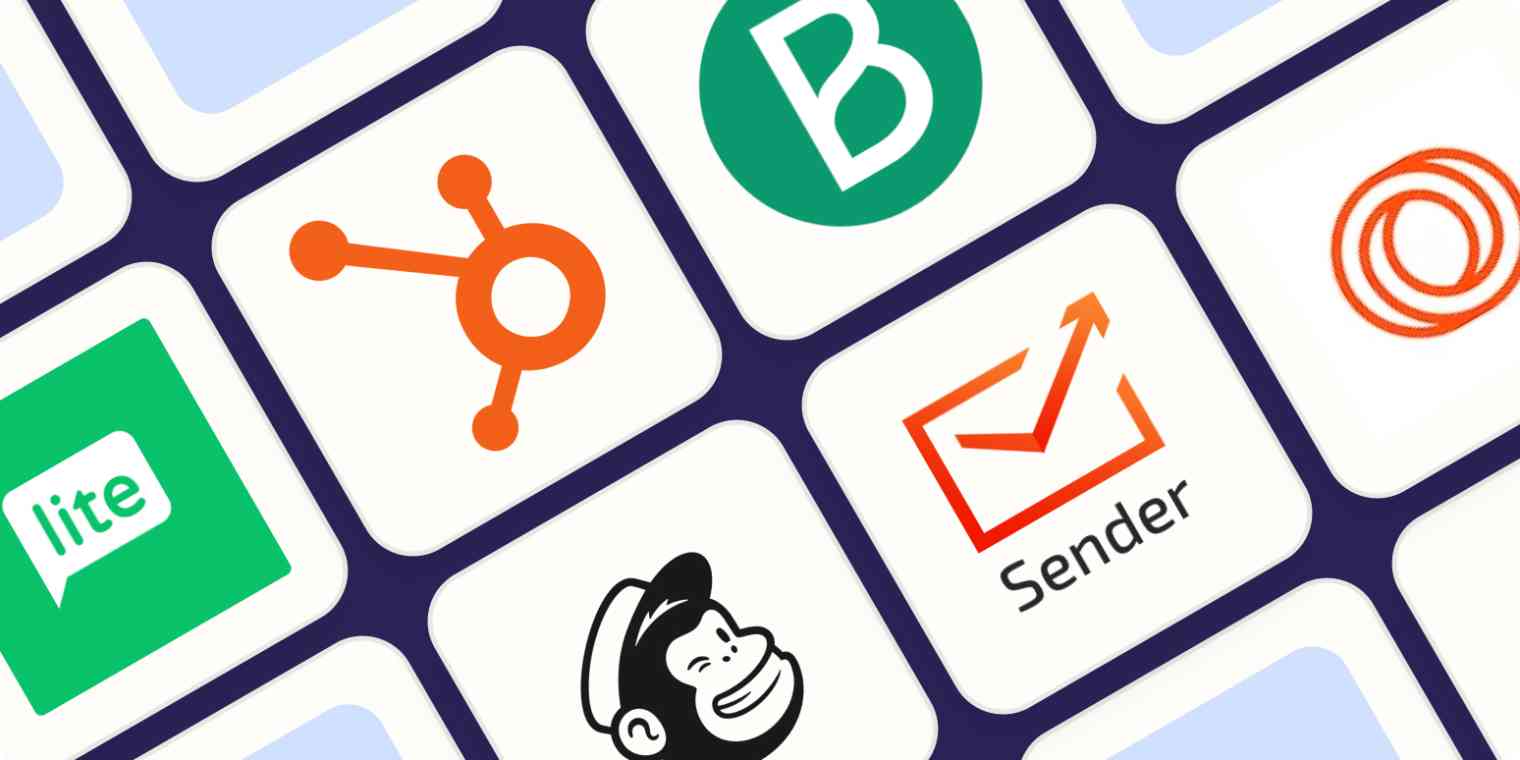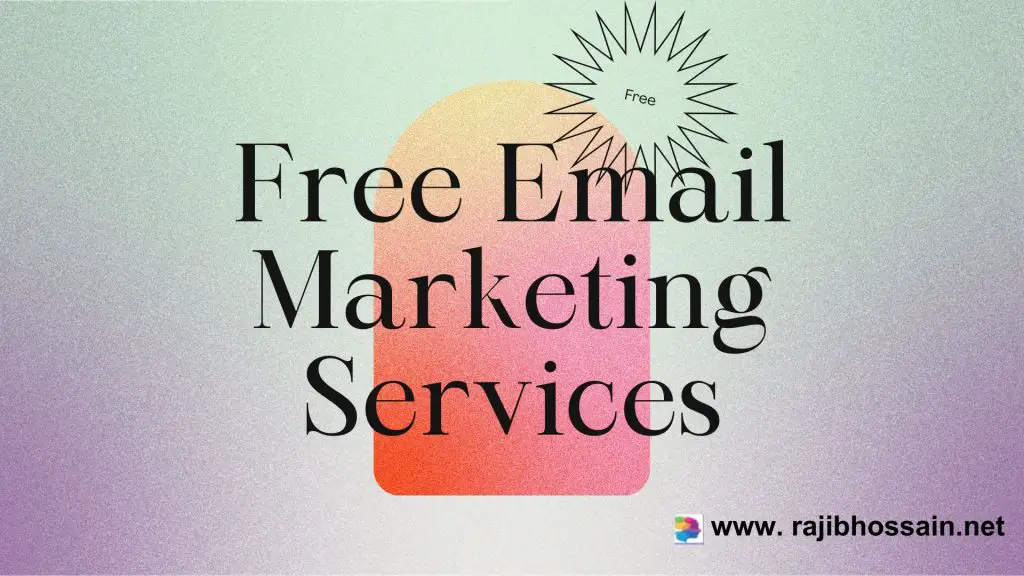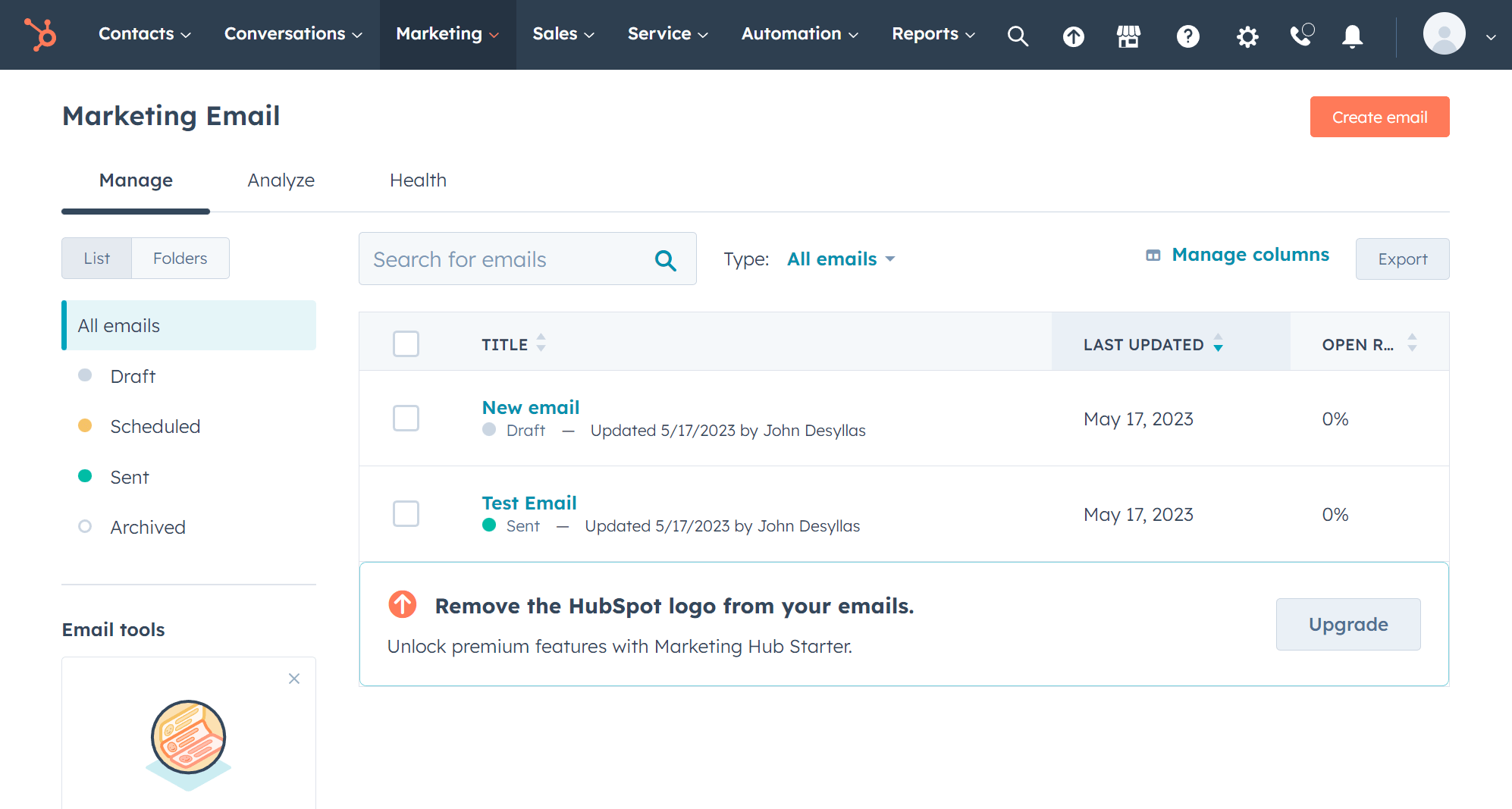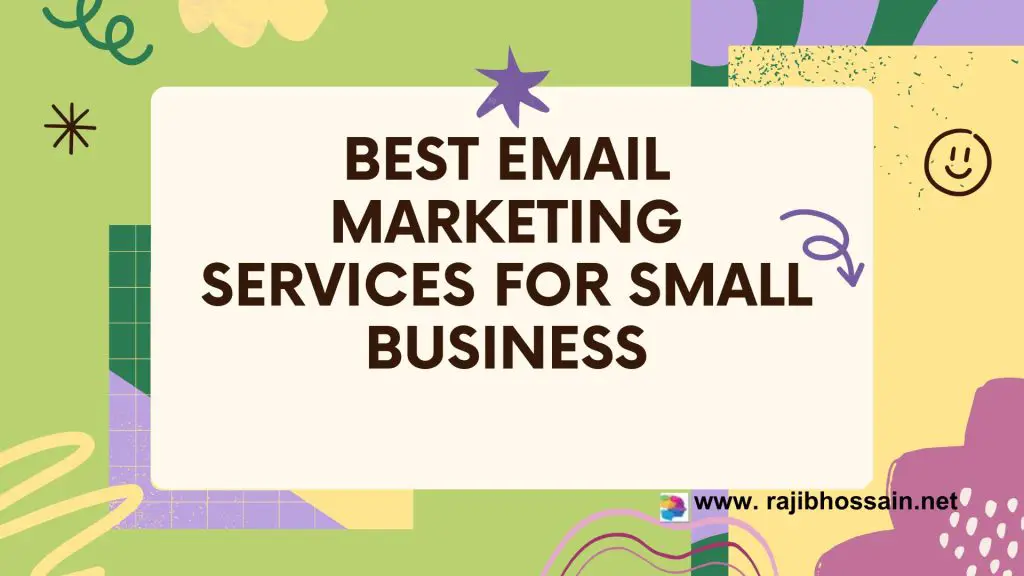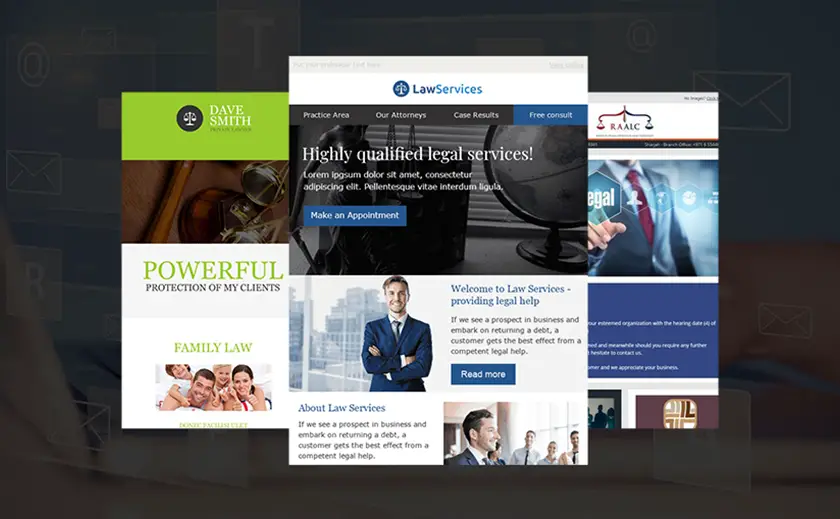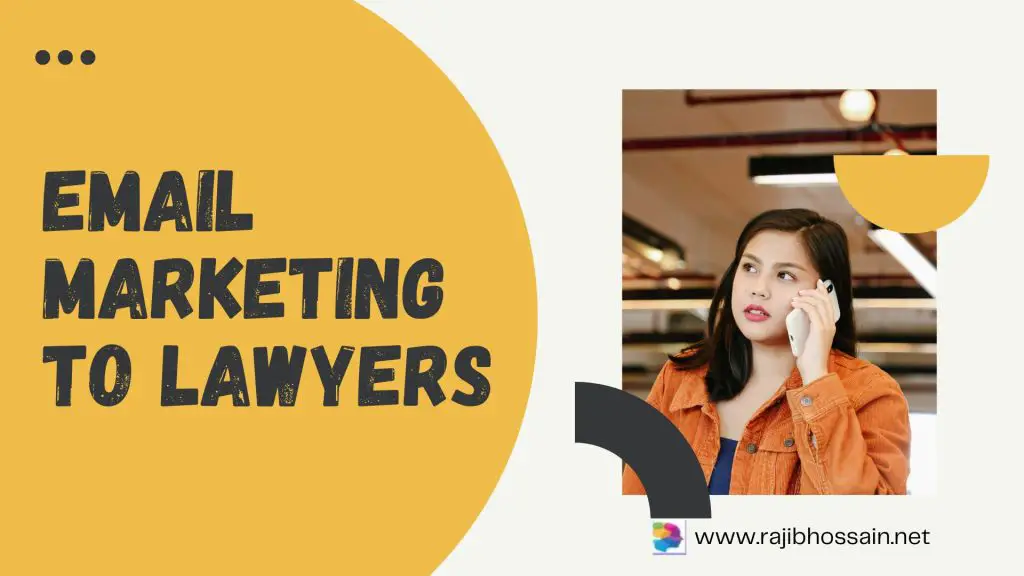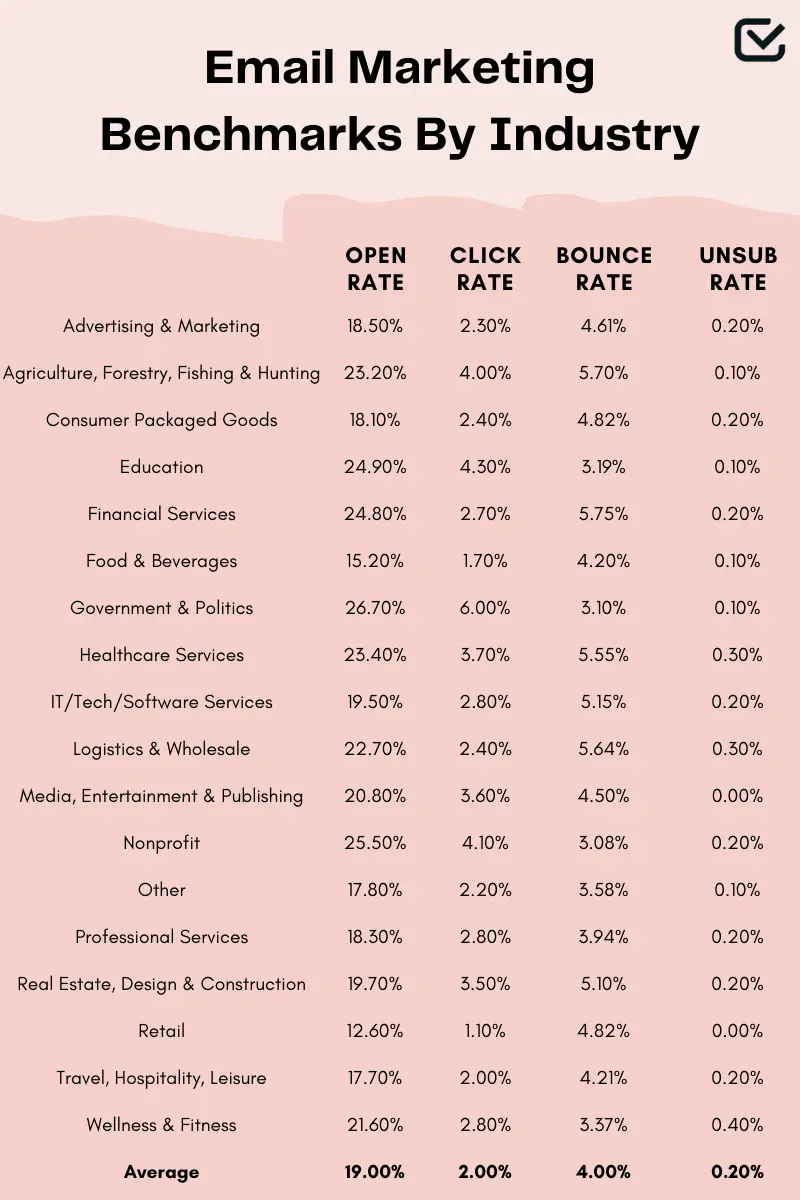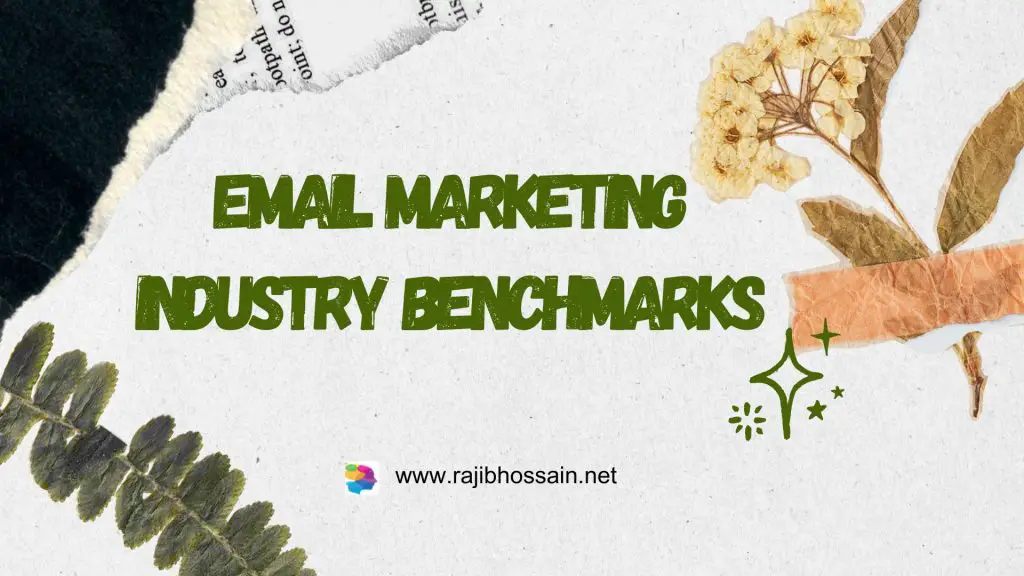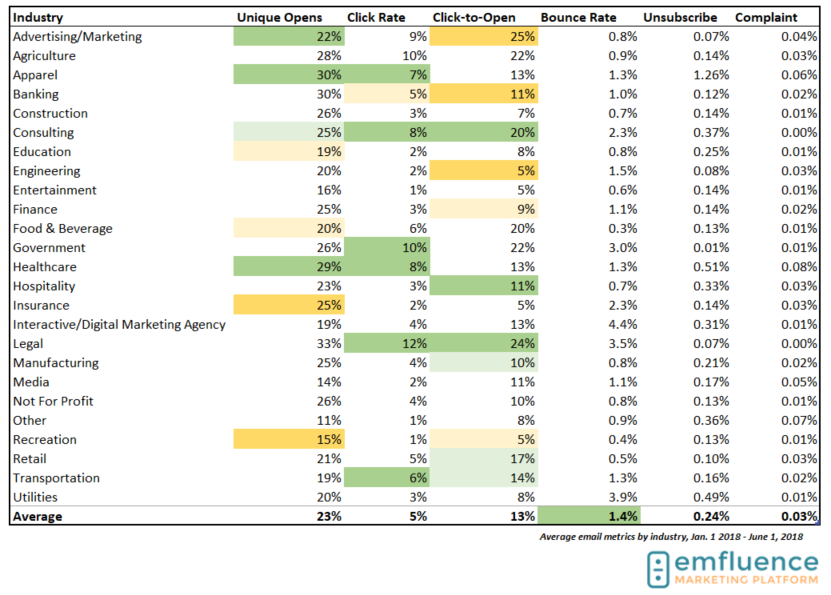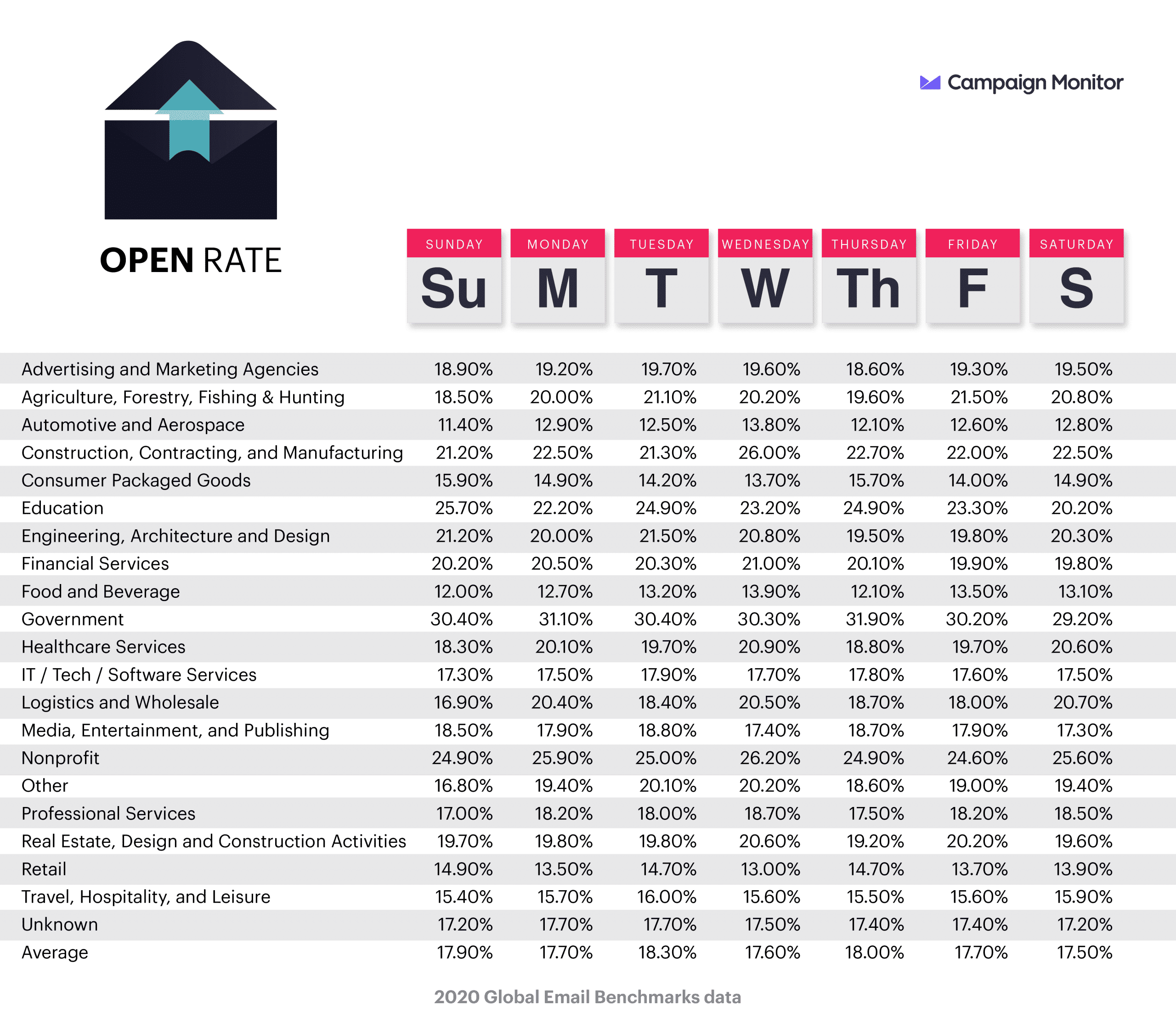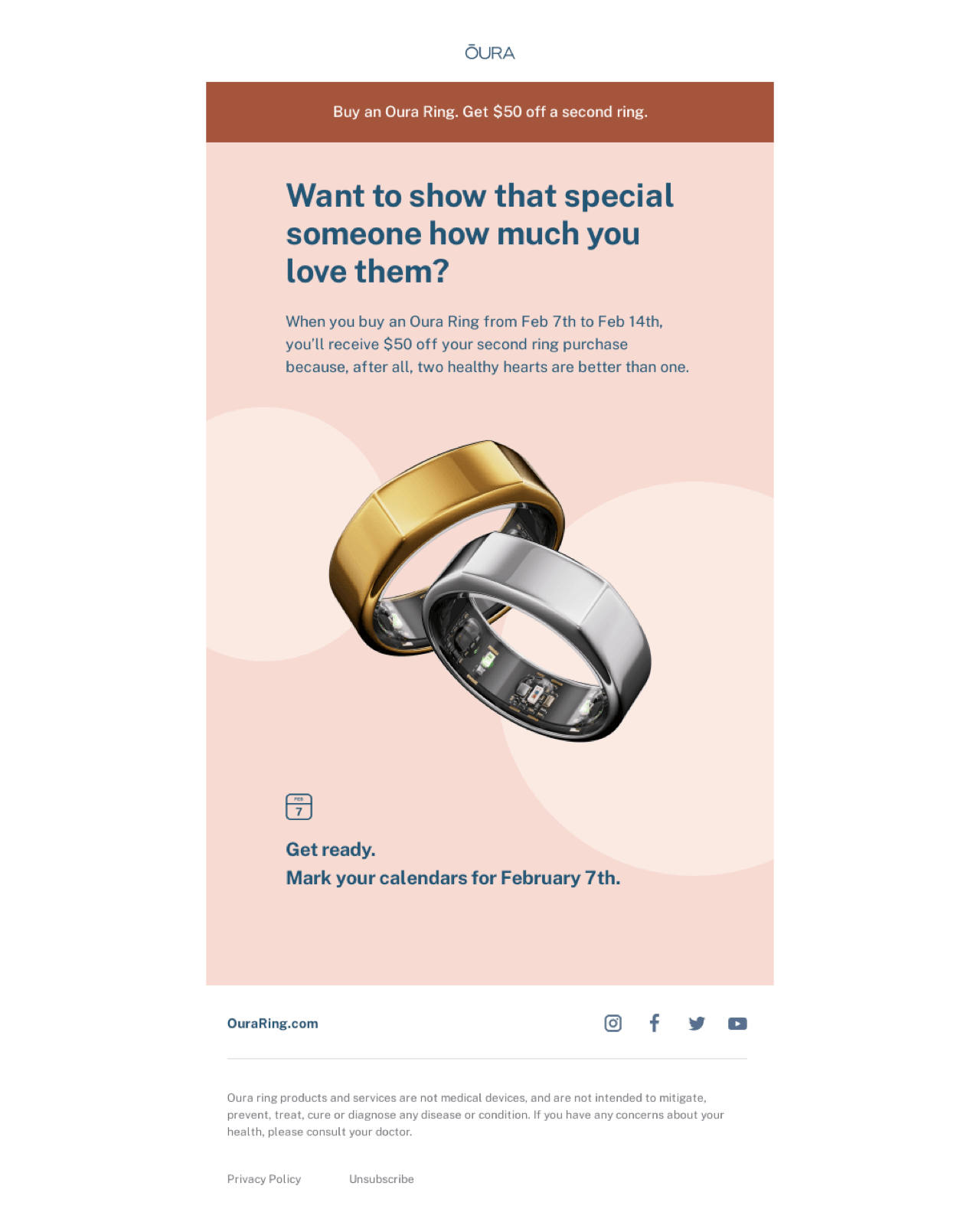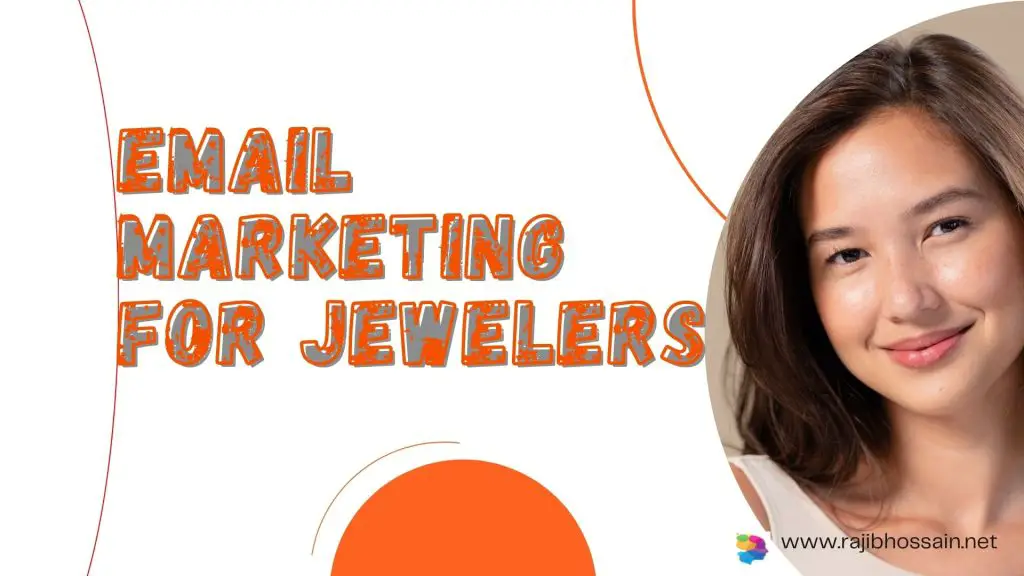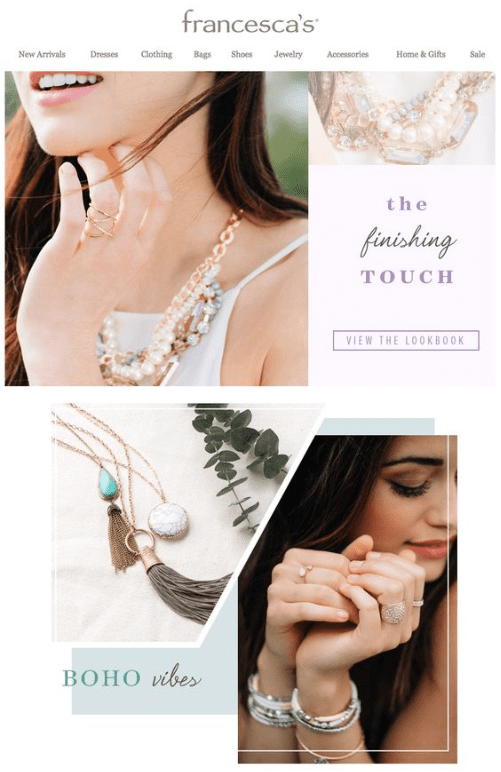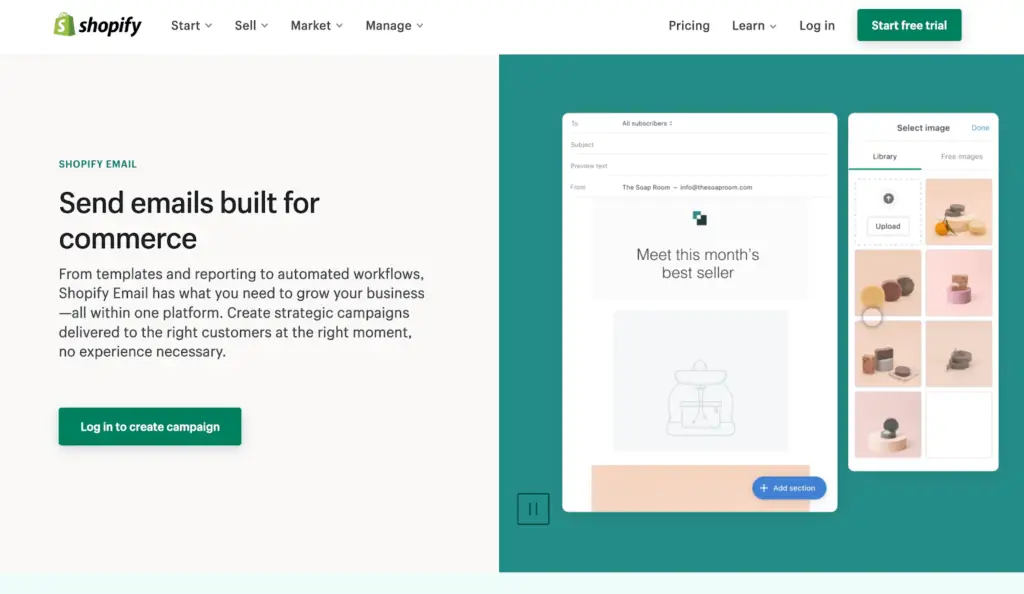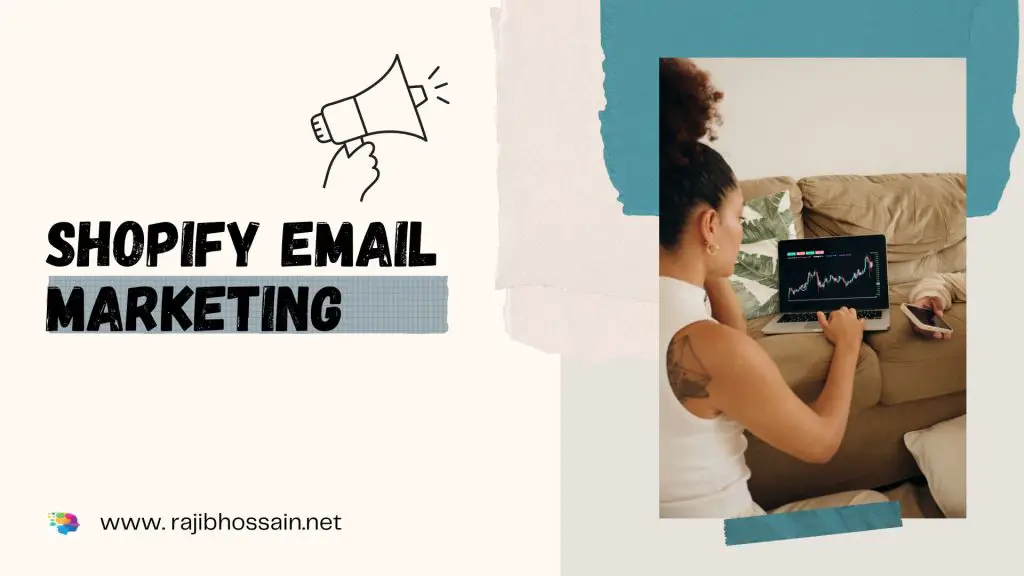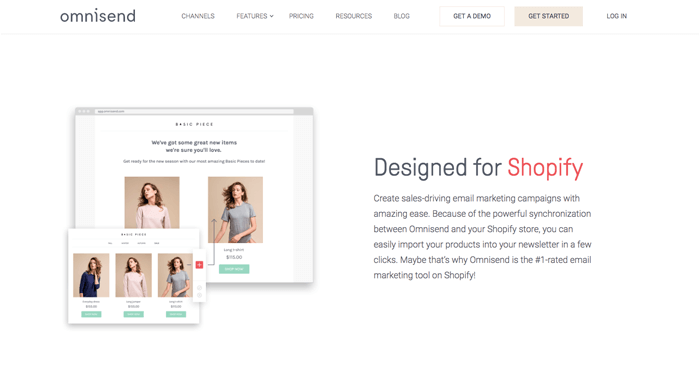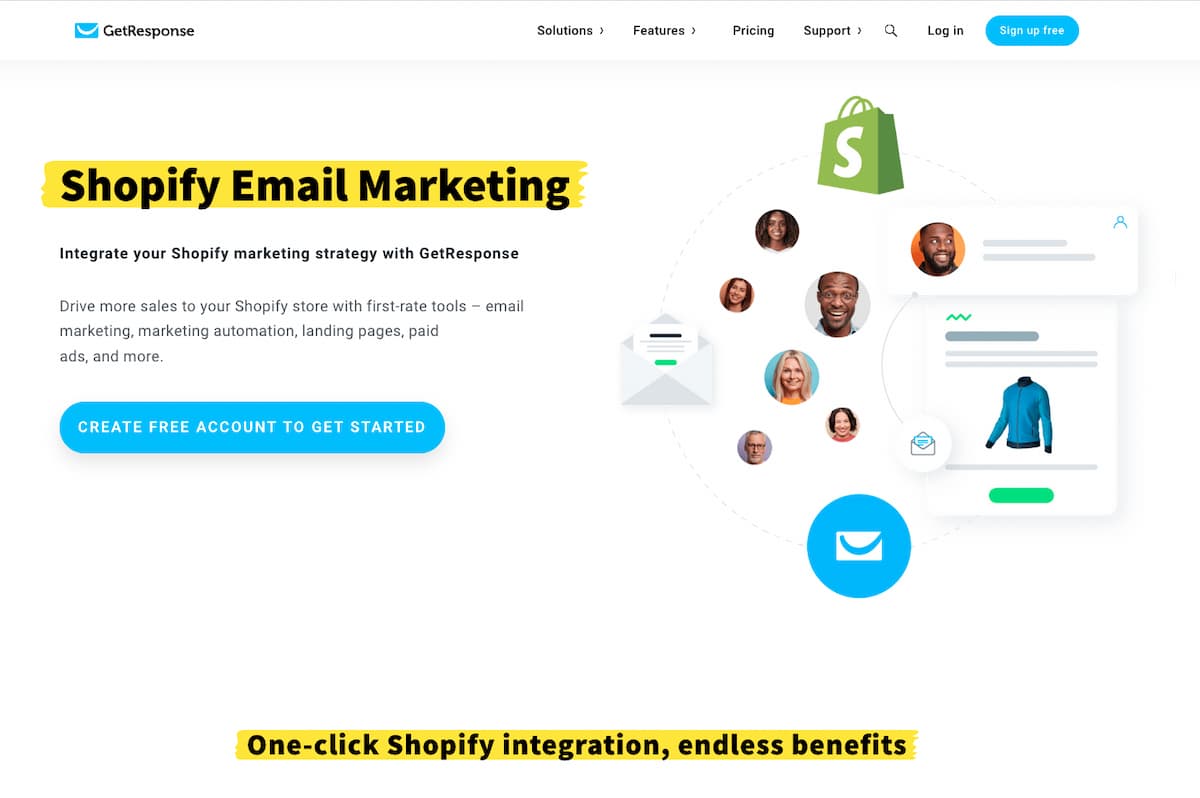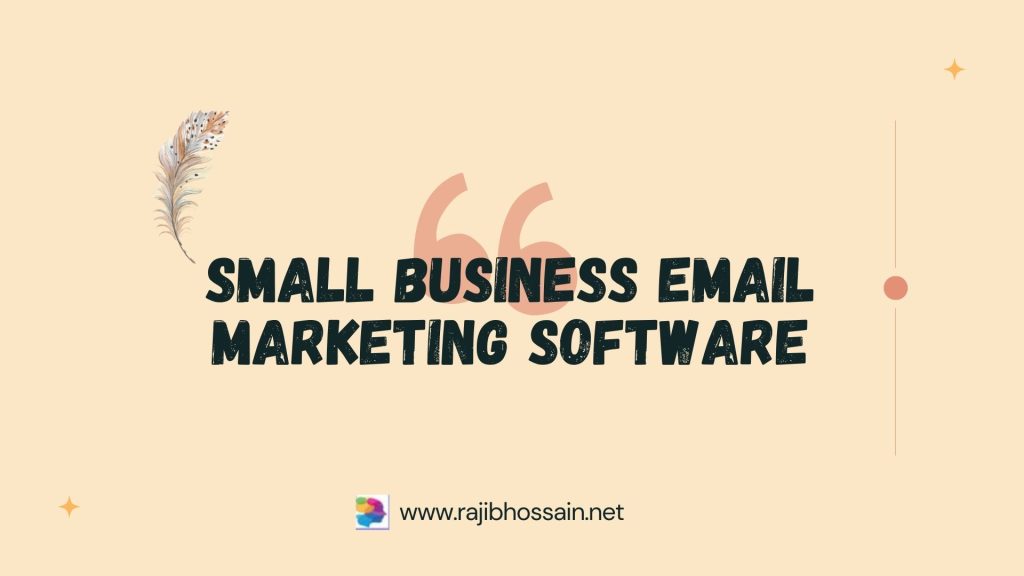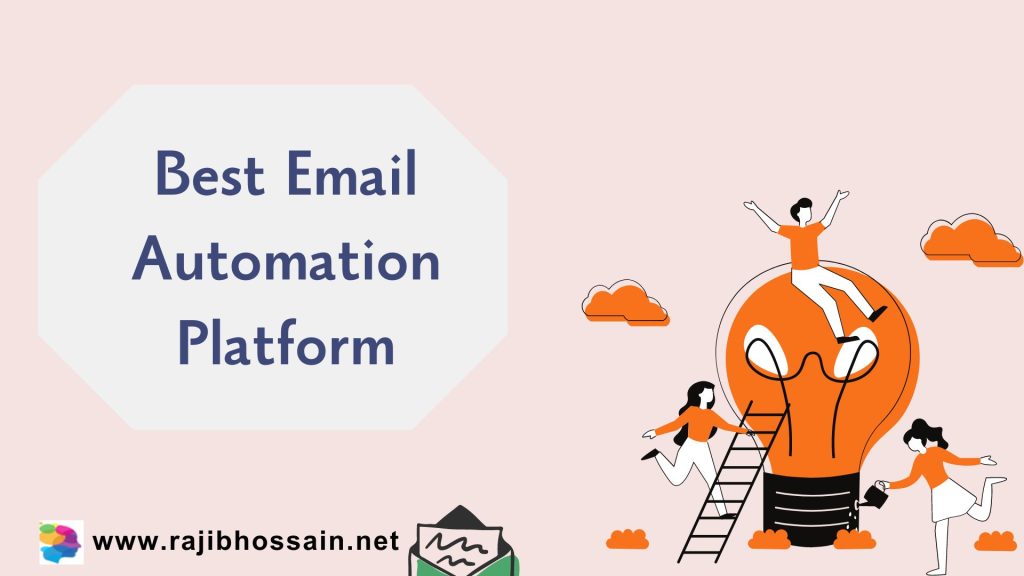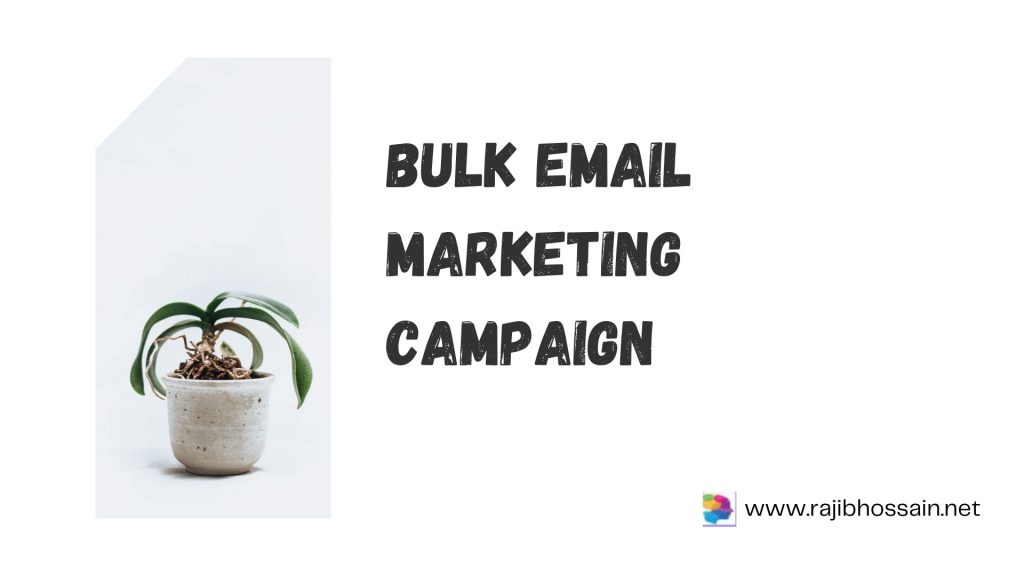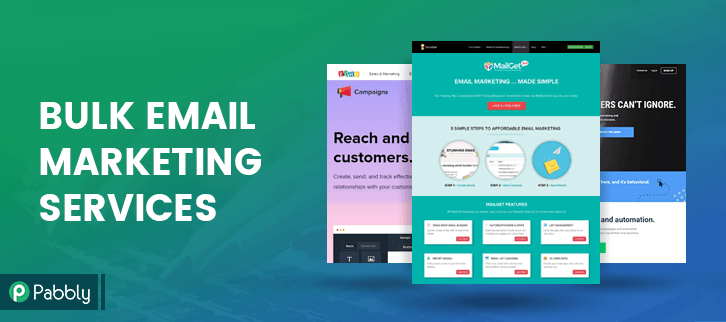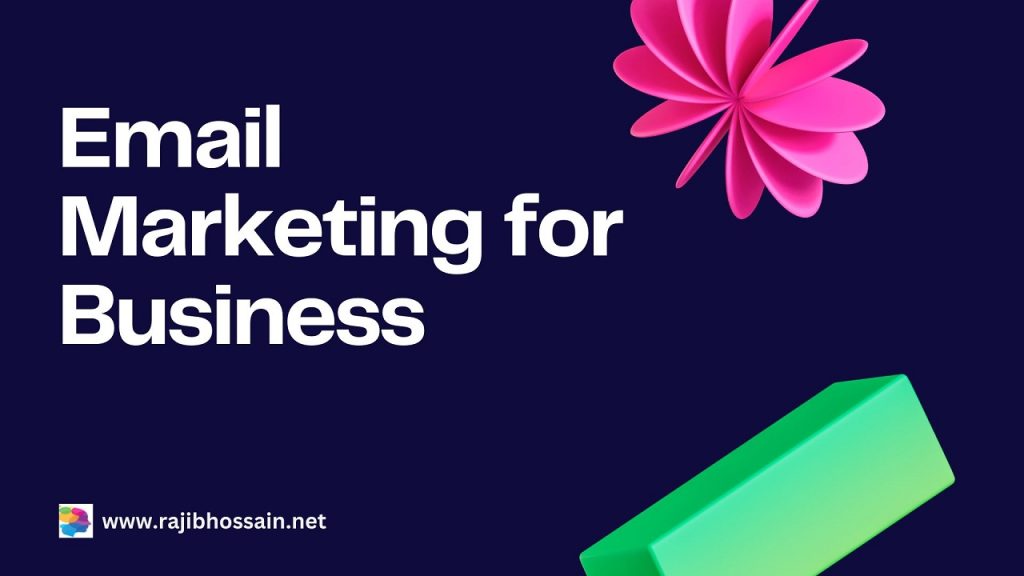
Email marketing boosts business growth by engaging customers and driving sales. It offers a cost-effective way to reach a targeted audience.
Email marketing is a powerful tool for businesses. It allows companies to communicate directly with their customers, providing valuable information and promotions. By segmenting their audience, businesses can send personalized messages that resonate with individual preferences. This increases the likelihood of conversions and customer retention.
Email campaigns can be easily tracked and analyzed, offering insights into customer behavior and campaign effectiveness. With a high return on investment, email marketing remains a crucial component of any digital marketing strategy. It helps build relationships, enhance brand loyalty, and ultimately, drive revenue growth.
The Power Of Email Marketing
Email marketing is a powerful tool for businesses. It helps connect directly with customers. This method is not only cost-effective but also highly efficient. Companies can send personalized messages to their audience. These messages drive engagement, loyalty, and sales.
Why Email Reigns Supreme In Digital Marketing
Email marketing stands out in digital marketing. There are many reasons why businesses love it:
- Direct Communication: Emails go straight to the recipient’s inbox.
- Personalization: Tailor messages to individual preferences.
- Cost-Effective: Reach a large audience with minimal cost.
- Measurable: Track open rates, clicks, and conversions easily.
- High Engagement: Emails often get more attention than social media posts.
Businesses can build strong relationships with their customers through email. This makes email an essential part of any marketing strategy.
Comparing Email Marketing Roi To Other Channels
Email marketing delivers a higher return on investment (ROI). Let’s compare email marketing ROI to other channels:
| Marketing Channel | Average ROI |
|---|---|
| Email Marketing | $42 for every $1 spent |
| Social Media Marketing | $10 for every $1 spent |
| Search Engine Marketing (SEM) | $22 for every $1 spent |
From the table, email marketing outperforms other channels. It offers the highest ROI. This makes it a valuable investment for businesses.
Businesses can achieve significant growth with email marketing. Its power lies in its effectiveness and efficiency.
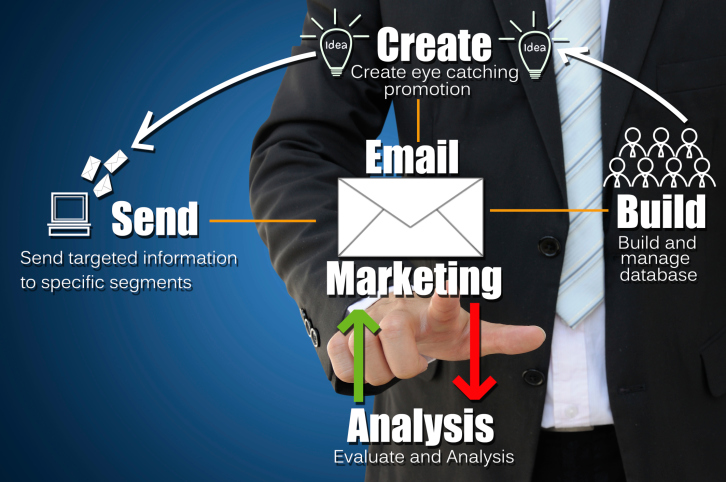
Credit: salesconnector.com
Crafting A Winning Email Strategy
Email marketing can boost your business. A strong email strategy is key. This strategy should focus on understanding your audience and engaging them.
Segmenting Your Audience For Targeted Campaigns
Audience segmentation is crucial. It means dividing your email list into smaller groups. Each group shares common traits.
Use these criteria for segmentation:
- Demographics: Age, gender, income
- Geographics: Location, region
- Behavior: Purchase history, email engagement
Segmentation helps in sending relevant content. Relevant content increases open rates and conversions.
Personalization: Key To Customer Engagement
Personalization makes emails more engaging. It involves using customer data to tailor emails.
Here are some ways to personalize emails:
- Use the recipient’s name in the email.
- Send product recommendations based on past purchases.
- Customize email content based on behavior.
Personalized emails build stronger customer relationships. They show you care about individual needs.
Building Your Email List
Email marketing is a powerful tool for businesses. The first step is building your email list. A good email list can boost your business. Here is how to do it.
Effective Opt-in Strategies
To build a strong email list, use effective opt-in strategies. These strategies help you gain more subscribers. Here are some ways to do it:
- Offer a Lead Magnet: Give a free ebook, discount, or guide. People love free stuff.
- Use Pop-ups: Pop-ups can grab attention. Use them to ask for email sign-ups.
- Sign-up Forms: Place forms on your website. Make them easy to find.
- Social Media: Promote your sign-up form on social media. Reach more people.
- Webinars: Host a free webinar. Ask attendees to sign up with their email.
Maintaining List Hygiene For Higher Open Rates
Keeping your email list clean is crucial. A clean list improves your open rates. Follow these steps to maintain list hygiene:
- Remove Inactive Subscribers: Delete emails that don’t open your emails. It keeps your list fresh.
- Check for Typos: Correct any misspelled emails. It ensures your emails reach the right people.
- Use Double Opt-in: Ask new subscribers to confirm their email. It verifies their interest.
- Segment Your List: Group your subscribers by interests. Send them relevant content.
- Regularly Update: Add new subscribers and remove old ones. Keep your list current.
Follow these steps to build and maintain a strong email list. It will help your business grow.
Designing Emails That Get Opened
Email marketing is a powerful tool for businesses. But, to be effective, your emails must get opened. This section will help you design emails that grab attention. You’ll learn how to craft compelling subject lines and use visual elements wisely.
The Art Of Crafting Compelling Subject Lines
Your subject line is the first thing people see. It must be short and engaging. Use powerful words that spark curiosity. Avoid spammy words like “Free” or “Buy Now”. Personalize your subject lines when possible. Add the recipient’s name or location.
- Keep it under 50 characters.
- Use action verbs.
- Create a sense of urgency.
- Ask a question.
Here are some examples:
| Effective Subject Line | Why It Works |
|---|---|
| Don’t Miss Out on Our Big Sale! | Creates urgency and excitement. |
| John, Your Special Offer Awaits! | Personalized and intriguing. |
| Need a Vacation? Explore Our Deals. | Asks a question and offers a solution. |
Visual Appeal: Using Images And Layouts Wisely
Visual appeal is crucial in email design. Use images and layouts wisely to keep your audience engaged. Choose high-quality images that relate to your content. Avoid using too many images. This can slow down email load times.
- Use a clean, simple layout.
- Make sure your email is mobile-friendly.
- Include a clear call-to-action (CTA).
Consider these layout tips:
- Start with a header image that grabs attention.
- Use short paragraphs and bullet points.
- Include one main CTA button.
Here’s an example of a good layout:
| Element | Description |
|---|---|
| Header Image | Eye-catching, and relevant to the topic. |
| Body Text | Short, to the point, and easy to read. |
| CTA Button | Clear and prominent. |
Remember to test your emails before sending them. Check how they look on different devices. Make sure all links and images work.
Content That Converts
Creating content that converts is key in email marketing. It helps turn readers into customers. This section covers writing copy that drives action and incorporating calls to action for better results.
Writing Copy That Drives Action
Your email copy should be clear and concise. Aim to grab attention quickly. Use short sentences and simple words. Avoid jargon and complex language.
Here are some tips:
- Know your audience. Understand their needs and wants.
- Use a friendly and conversational tone.
- Highlight benefits, not just features.
- Include a sense of urgency.
Example:
| Bad Example | Good Example |
|---|---|
| Our software has many features. | Save time with our software’s easy-to-use features. |
Incorporating Calls-to-action For Better Results
A Call-to-Action (CTA) prompts readers to take a specific action. It should stand out in your email. Use buttons or bold text to highlight your CTA.
Effective CTAs:
- Use action-oriented language (e.g., “Buy Now”, “Sign Up”).
- Create a sense of urgency (e.g., “Limited Time Offer”).
- Place CTAs strategically (e.g., after key points).
Example of an effective CTA:
Get Started Today
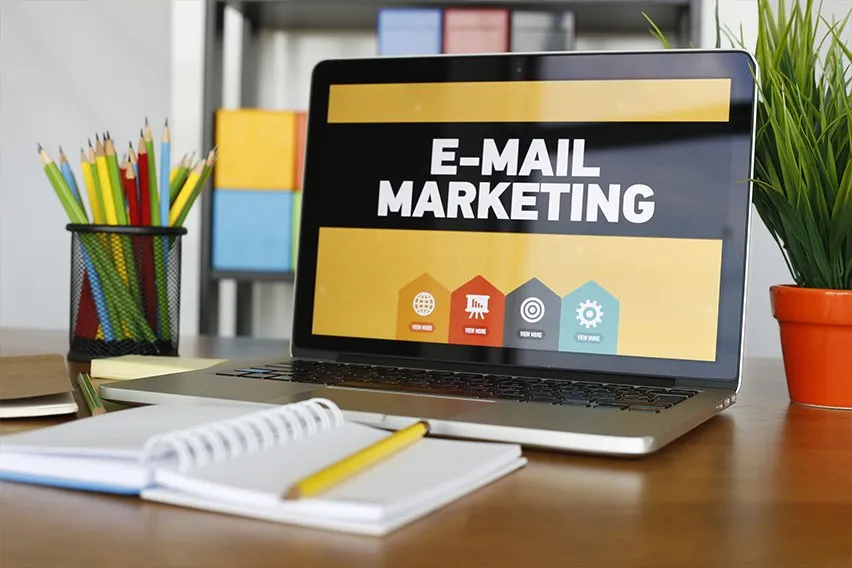
Credit: www.freshbooks.com
Testing And Optimization
Email marketing is a powerful tool for businesses. To get the best results, you need to test and optimize your emails. This ensures your emails are effective and engaging for your audience. Let’s dive into some key strategies for testing and optimization.
A/b Testing: Finding What Works
A/B testing is a method where you send two versions of an email to different groups. Each group gets a different version, and you see which one performs better. This helps you understand what works best for your audience.
Here are some elements you can A/B test:
- Subject lines
- Call-to-action (CTA) buttons
- Email content
- Images
- Send times
By testing these elements, you can improve your email performance. Remember to test one element at a time. This will give you clear results.
Analyzing Data To Refine Your Approach
After testing, you need to analyze the data. This will help you refine your email strategy. Look at metrics like open rates, click-through rates, and conversions.
Here is a simple table to track your data:
| Metric | Version A | Version B |
|---|---|---|
| Open Rate | 20% | 25% |
| Click-Through Rate | 5% | 7% |
| Conversion Rate | 2% | 3% |
Use this data to make informed decisions. If Version B has a higher open rate, use that subject line. If Version A has a better click-through rate, use that CTA.
Keep testing and optimizing. This will help you create the best email campaigns.
Automating Your Email Campaigns
Email marketing is powerful for businesses. It builds relationships and drives sales. Automating your email campaigns can save time and increase efficiency. Let’s explore how to automate your emails effectively.
Using Autoresponders To Nurture Leads
Autoresponders are pre-written emails sent automatically. They respond to a user’s action. For example, signing up for a newsletter triggers a welcome email. Autoresponders keep your leads engaged without manual effort.
Here’s a simple autoresponder sequence:
| Day | Email Content |
|---|---|
| Day 1 | Welcome Email |
| Day 3 | Introduction to Your Products |
| Day 7 | Customer Testimonials |
| Day 14 | Special Offer or Discount |
This sequence builds trust and encourages sales. You can customize it based on your business needs.
Trigger-based Emails For Timely Engagement
Trigger-based emails are sent based on user behavior. They ensure timely and relevant communication. Examples include:
- Abandoned Cart Emails
- Birthday or Anniversary Emails
- Purchase Follow-Up Emails
These emails improve engagement and boost conversions. For instance, an abandoned cart email reminds customers to complete their purchase. A birthday email can offer a special discount, making the customer feel valued.
Setting up trigger-based emails is simple. Most email marketing platforms offer this feature. Just define the trigger actions and create the email templates. The system will handle the rest, ensuring your emails reach the right people at the right time.
Automating your email campaigns can transform your marketing efforts. It saves time and keeps your audience engaged. Start using autoresponders and trigger-based emails today. Watch your business grow.
Navigating Legalities And Best Practices
Email marketing is a powerful tool. But it requires careful handling. Businesses must follow rules and ethical guidelines. This ensures trust and avoids penalties.
Complying With Email Regulations
Understanding email laws is essential. Different regions have different rules. Here are some key regulations:
| Region | Law | Key Requirement |
|---|---|---|
| USA | CAN-SPAM Act | Include opt-out options in emails. |
| EU | GDPR | Get explicit consent before sending emails. |
| Canada | CASL | Obtain express permission from recipients. |
- Always provide an unsubscribe link.
- Use a valid physical address in your emails.
- Avoid misleading subject lines.
Following these rules helps build trust. It also avoids fines.
Ethical Email Marketing Tactics
Ethical practices are as important as legal compliance. Respect your audience. Here are some ethical tactics:
- Use double opt-in for subscriptions.
- Send personalized and relevant content.
- Respect subscriber preferences and frequency.
Double opt-in ensures subscribers are genuinely interested. It reduces spam complaints.
Personalized content engages your audience. It increases open rates and conversions.
Respecting preferences shows you value their time. It builds long-term relationships.
Measuring Success In Email Marketing
Email marketing is a powerful tool for businesses. Measuring its success is crucial. Understanding key metrics helps refine strategies for better results.
Key Performance Indicators To Watch
Key Performance Indicators (KPIs) are essential in email marketing. Here are some important KPIs to monitor:
- Open Rate: Percentage of opened emails.
- Click-Through Rate (CTR): Percentage of clicks on email links.
- Conversion Rate: Percentage of actions taken from clicks.
- Bounce Rate: Percentage of undeliverable emails.
- Unsubscribe Rate: Percentage of people opting out.
Tracking these KPIs helps understand email performance.
Interpreting Metrics To Guide Future Campaigns
Metrics guide future email marketing strategies. Here’s how to interpret them:
| Metric | Interpretation |
|---|---|
| Open Rate | A high bounce rate means bad email list quality. |
| Click-Through Rate (CTR) | High CTR means engaging content. |
| Conversion Rate | High conversion means effective calls to action. |
| Bounce Rate | High bounce rate means bad email list quality. |
| Unsubscribe Rate | A high unsubscribe rate means irrelevant content. |
Use these insights to optimize your email campaigns. Improve subject lines, content, and targeting.
Future Of Email Marketing
Email marketing remains powerful for businesses. It evolves with new technology and consumer behaviors. Understanding these changes helps businesses stay ahead.
Emerging Trends In Email Technology
New technologies are shaping email marketing. These trends make emails more effective.
- AI and Machine Learning: AI personalizes emails. Machine learning predicts customer behavior. This improves email engagement.
- Interactive Emails: Emails now include interactive elements. Users can interact within the email itself. This increases user engagement.
- Automation: Automated emails save time. They ensure timely communication. This keeps customers engaged without extra effort.
Adapting To Changing Consumer Behaviors
Consumer behaviors change rapidly. Businesses must adapt to stay relevant.
- Mobile Optimization: More people read emails on mobile devices. Ensure your emails are mobile-friendly.
- Privacy Concerns: Consumers care about privacy. Be transparent about data usage.
- Personalization: Personalized emails perform better. Use customer data to tailor content.
Staying updated with these trends and behaviors ensures email marketing success.
Frequently Asked Questions
How Do I Do Email Marketing For My Business?
Start by building an email list through sign-up forms. Create engaging and valuable content. Use a reliable email marketing service. Segment your audience for targeted campaigns. Monitor and analyze performance metrics to improve future emails.
What Are The Four Types Of Email Marketing?
The four types of email marketing are 1. Newsletter emails 2. Transactional emails 3. Behavioral emails 4. Promotional emails
Is Email Marketing Good For Business?
Yes, email marketing is good for business. It boosts engagement, drives sales, and enhances customer relationships effectively.
How To Start With Email Marketing?
Start by choosing an email marketing platform. Build a targeted email list. Create engaging content. Schedule and send campaigns. Analyze performance metrics to improve.
Conclusion
Email marketing remains a powerful tool for businesses. It drives engagement, boosts sales, and builds customer loyalty. Implementing effective strategies can transform your marketing efforts. Start crafting personalized and targeted email campaigns today. Watch your business grow through better customer connections and increased conversions.

